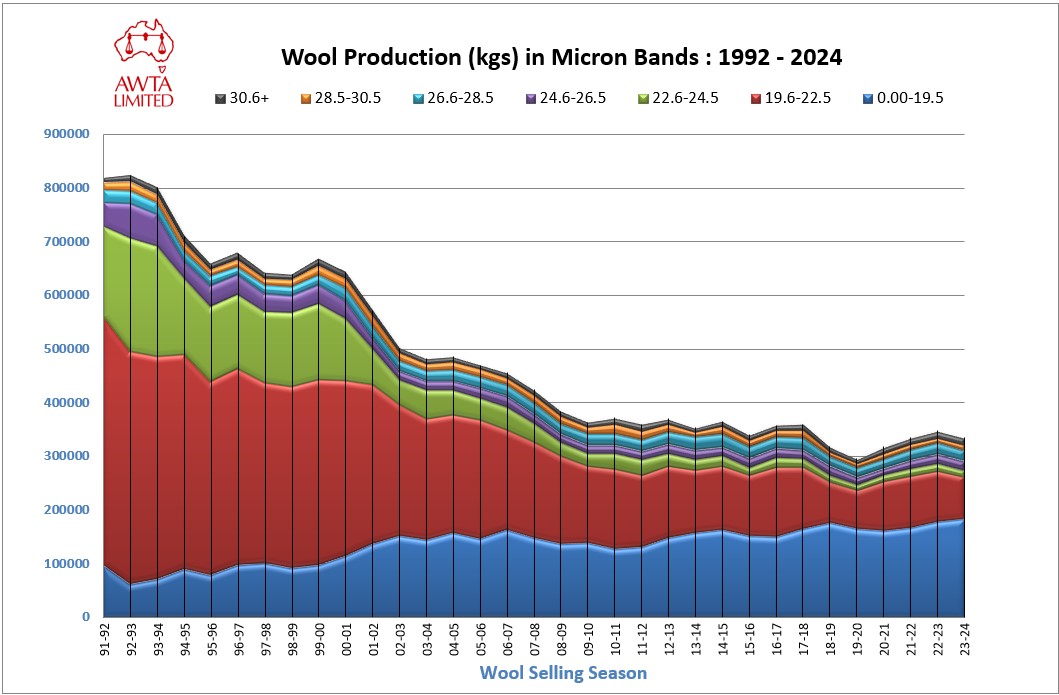Optimize Your Fiber Optic Efficiency: Comprehending Optical Fiber Diameter Analyser Technology
The efficiency of fibre optic systems is critically influenced by the accuracy of their diameter, a factor commonly ignored in the search of optimal signal honesty. Understanding the modern technology behind optical fibre diameter analysers reveals the complex balance in between dimension accuracy and production high quality. These tools not only enhance compliance with sector criteria but also offer real-time understandings that can preemptively attend to prospective concerns. Nevertheless, the ramifications of their use prolong past plain dimension; they can essentially modify the landscape of fibre optic efficiency. What aspects should one think about to harness their full possibility?
Significance of Optical Fibre Diameter
The size of optical fibre plays a vital duty in identifying the performance and efficiency of communication systems. On the other hand, smaller sizes often tend to sustain fewer modes, which can boost signal quality and lower crosstalk.

In addition, comprehending the diameter's effects can cause set you back financial savings by reducing the demand for signal boosting and repeaters in substantial networks (optical fibre diameter analyser). In final thought, the value of optical fibre diameter can not be overemphasized, as it directly influences the general efficiency and dependability of contemporary interaction systems

Just How Size Impacts Signal Quality
Signal top quality in optical fiber systems pivots dramatically on the diameter of the fibre. The diameter affects a number of vital specifications, consisting of attenuation, data transfer, and modal dispersion. A smaller sized diameter can lead to higher attenuation rates, leading to signal loss as light journeys via the fiber. This depletion can endanger the stability of the transmitted information, bring about a decline in signal top quality, especially over cross countries.
On the other hand, bigger diameters normally permit improved light capture and lowered modal diffusion, improving signal clearness. In multimode fibres, a bigger core diameter can support numerous light settings, yet it might also present intermodal dispersion, which can degrade signal top quality. Therefore, picking the optimal fibre diameter is important for accomplishing the desired performance in details applications.
Additionally, the interaction in between the fiber diameter and the wavelength of the light utilized plays an important duty in figuring out the efficient transmission range and total signal integrity. Understanding how fibre size affects signal high quality is necessary for network developers and engineers making every effort to enhance optical fiber systems for trustworthy, high-speed data transmission.
Review of Size Analyser Technology
In several optical fibre manufacturing procedures, exact measurement of fiber size is important for guaranteeing consistent efficiency and high quality (optical fibre diameter analyser). Diameter Clicking Here analysers are advanced tools created to assess the physical dimensions of optical fibres with high accuracy. They utilize advanced optical and laser modern technologies to gauge the size, ovality, and concentricity of the fiber, therefore offering crucial information for quality assurance
These analysers can operate in-line throughout the production procedure or as component of off-line screening procedures. In-line systems allow real-time monitoring, allowing manufacturers to change criteria quickly, consequently maintaining optimum production conditions. Off-line analysers, on the other hand, supply comprehensive evaluations of batches, making certain that any discrepancies from specified resistances are determined and dealt with.
Size analysers dramatically add to the decrease of problems in optical fibres, improving overall product integrity. By continually measuring key specifications, these technologies help with conformity with market requirements and requirements. As the need for high-performance optical fibres remains to climb, the function of size analysers comes to be significantly vital in achieving the wanted top quality and efficiency requirements in fibre optic systems.
Trick Features of Fiber Diameter Analysers
Although various models of fibre diameter analysers exist, they commonly share several essential attributes that boost their capability and i loved this dependability. Among the most considerable attributes is high-resolution dimension capabilities, which make certain exact diameter analyses, important for maintaining top quality control in fiber production. Additionally, lots of analysers include innovative optical sensors created to discover minute variations in fibre diameter, hence giving invaluable data for procedure optimization.
One more vital feature is real-time surveillance, permitting drivers to receive prompt feedback on fiber diameter throughout the manufacturing process (optical fibre diameter analyser). This capacity facilitates rapid changes and lowers the probability of issues. Lots of analysers additionally come equipped with user-friendly interfaces, allowing drivers to quickly browse via settings and information outcomes
Moreover, robust information storage space and evaluation capabilities are crucial for tracking historic performance trends and guaranteeing compliance with market requirements. These functions collectively add to the efficiency of fiber size analysers in enhancing fiber optic performance.
Ideal Practices for Fibre Optimization

First, regular calibration of optical fibre diameter analysers is vital. This makes sure exact measurements and decreases prospective discrepancies that can influence performance. Next off, preserving a clean working setting is important; dust and pollutants can result in signify destruction.
Additionally, it is essential to choose fibers that fulfill particular application demands. This involves examining elements such as attenuation, data transfer, and ecological conditions. Proper installation methods ought to likewise be stuck to, including preventing sharp bends and excessive tension, which can compromise fibre integrity.
Moreover, employing advanced surveillance systems can help with real-time performance assessments, allowing timely recognition of concerns. Regular testing and maintenance need to be conducted to guarantee that fibres continue to be within ideal operational specifications.
Lastly, training employees on the newest fibre optimization technologies and techniques will certainly enhance their capacity to apply reliable strategies. By following these ideal practices, organizations can dramatically improve the efficiency and life expectancy of their optical fibre systems, making certain reliable communication and information transfer.
Conclusion
Finally, the integration of optical fiber size analyser modern technology is important for making the most of fibre optic performance. By guaranteeing specific measurements of fiber dimensions, these analysers significantly improve signal high quality and lower losses during data transmission. Regular calibration and maintenance of the analysers are crucial to maintain optimal efficiency and conformity with industry criteria. Inevitably, the application of this technology promotes improved information transmission look these up prices and strengthens signal integrity, adding to the overall effectiveness of fiber optic systems.
Signal high quality in optical fibre systems pivots dramatically on the size of the fiber.In numerous optical fibre production processes, accurate dimension of fiber diameter is essential for making certain consistent efficiency and top quality. As the demand for high-performance optical fibers continues to rise, the role of diameter analysers ends up being progressively important in achieving the wanted quality and efficiency requirements in fiber optic systems.
These attributes collectively add to the efficacy of fibre diameter analysers in enhancing fibre optic efficiency.
In verdict, the combination of optical fiber diameter analyser technology is critical for optimizing fibre optic performance.